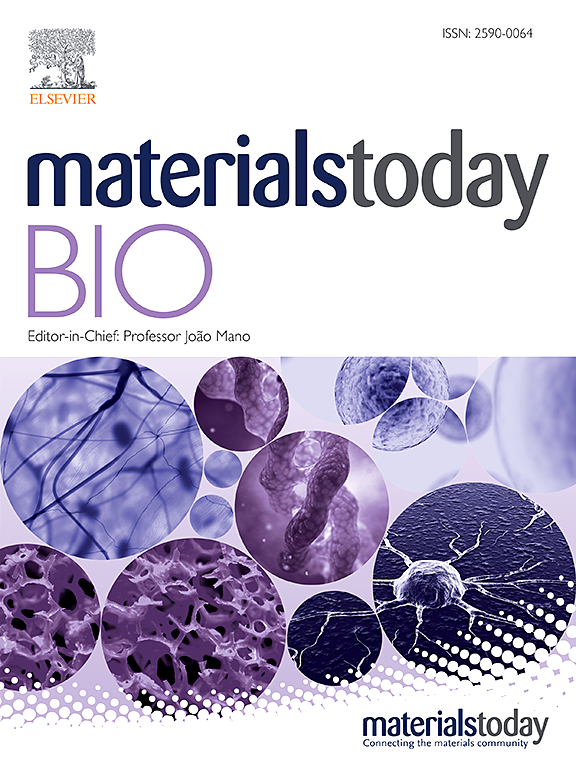治疗动脉粥样硬化的干细胞外泌体输送系统:干细胞疗法的新领域。
IF 8.7
1区 医学
Q1 ENGINEERING, BIOMEDICAL
引用次数: 0
摘要
本文章由计算机程序翻译,如有差异,请以英文原文为准。

Stem cell-derived exosome delivery systems for treating atherosclerosis: The new frontier of stem cell therapy
Cardiovascular diseases (CVDs) are a leading cause of mortality worldwide. As a chronic inflammatory disease with a complicated pathophysiology marked by abnormal lipid metabolism and arterial plaque formation, atherosclerosis is a major contributor to CVDs and can induce abrupt cardiac events. The discovery of exosomes' role in intercellular communication has sparked a great deal of interest in them recently. Exosomes are involved in strategic phases of the onset and development of atherosclerosis because they have been identified to control pathophysiologic pathways including inflammation, angiogenesis, or senescence. This review investigates the potential role of stem cell-derived exosomes in atherosclerosis management. We briefly introduced atherosclerosis and stem cell therapy including stem cell-derived exosomes. The biogenesis of exosomes along with their secretion and isolation have been elaborated. The design engineering of exosomes has been summarized to present how drug loading and surface modification with targeting ligands can improve the therapeutic and targeting capacity of exosomes, demonstrating atheroprotective action. Moreover, the mechanism of action (endothelial dysfunction, reduction of dyslipidemia, macrophage polarization, vascular calcification, and angiogenesis) of drug-loaded exosomes to treat atherosclerosis has been discussed in detail. In the end, a comparative and balanced viewpoint has been given regarding the current challenges and potential solutions to advance exosome engineering for cardiovascular therapeutic applications.
求助全文
通过发布文献求助,成功后即可免费获取论文全文。
去求助
来源期刊

Materials Today Bio
Multiple-
CiteScore
8.30
自引率
4.90%
发文量
303
审稿时长
30 days
期刊介绍:
Materials Today Bio is a multidisciplinary journal that specializes in the intersection between biology and materials science, chemistry, physics, engineering, and medicine. It covers various aspects such as the design and assembly of new structures, their interaction with biological systems, functionalization, bioimaging, therapies, and diagnostics in healthcare. The journal aims to showcase the most significant advancements and discoveries in this field. As part of the Materials Today family, Materials Today Bio provides rigorous peer review, quick decision-making, and high visibility for authors. It is indexed in Scopus, PubMed Central, Emerging Sources, Citation Index (ESCI), and Directory of Open Access Journals (DOAJ).
 求助内容:
求助内容: 应助结果提醒方式:
应助结果提醒方式:


